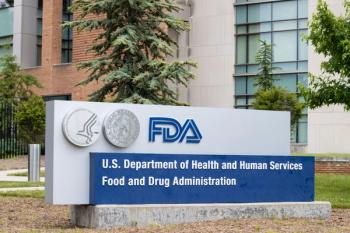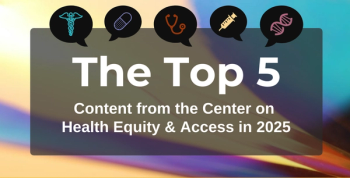
HIV Experts Across HHS Outline Plan for Ending HIV Epidemic Within 10 Years
Following President Trump’s second State of the Union address, where he announced plans to end the HIV epidemic, HIV experts from across HHS outlined a comprehensive plan of action focusing on diagnosis, treatment, prevention, and response.
Following President Trump’s second State of the Union address, where he announced plans to end the HIV epidemic, HIV experts outlined a comprehensive plan to do so.
Through collaboration across HHS by the CDC, National Institutes of Health’s National Institute of Allergy and Infectious Diseases (NIAID), Health Resources and Services Administration (HRSA), and the Indian Health Service (IHS), the plan aims to reduce new HIV diagnoses by 75% within 5 years and by 90% within 10 years. The plan will require diagnosing new infections as soon as possible, treating the infection rapidly and effectively, protecting those at the highest risk of contracting the infection, and responding swiftly to any outbreaks.
“HIV has cost America too much for far too long,” said Admiral Brett P. Giroir, MD, HHS assistant secretary for health. “We have lost 700,000 Americans since 1981, and despite the emergence of new tools and techniques, we are at high risk for another 400,000 becoming infected over the next decade because out progress against new HIV infections has plateaued.”
However, with new HIV infections being clustered in a limited number of counties, proven strategies to detect and bring people into care, effective antiretroviral therapy, prevention strategies with pre-exposure prophylaxis (PrEP), and supportive programs such as the Ryan White HIV/AIDS Program, the country is in a position to reawaken the fight against HIV, he said.
According to Robert Redfield, MD, director, CDC, the program will target 48 counties where the epidemic is causing the most burden and deploy personnel, resources, and strategies to prevent new infections. Through provided funds, a local HIV HealthForce will be created in these counties through partnerships with state, territorial, local, and tribal health departments, “putting boots on the ground to ensure this progress is made,” said Redfield.
Leveraging their 19 Centers for AIDS Research around the country, NIH will also provide prevention and treatment tools for these HIV hotspots. They will also draw on lessons learned from nearly 3.5 decades of work in HIV to make sure implementation of these initiatives are done well, said Anthony Fauci, MD, director of NIAID.
Highlighting the importance of the Ryan White HIV/AIDS Program, George Sigounas, MS, PhD, administrator, HRSA, explained that 86% of the patients supported by the program in 2017 were virally suppressed, compared to the national average of 60%. Through the plan announced Wednesday, the Ryan White program will increase its capacity to provide HIV care and treatment for people newly diagnosed with HIV and those living with HIV who are not currently retained in care, as well as work with program recipients to expand evidence-based interventions for maintaining care and viral suppression. The program will also continue to provide case management, behavioral health, medical care, and support services, which Sigounas said are critical for engagement.
He also underscored the importance of HRSA’s Health Center Program, which supports 12,000 delivery sites across the country and provides care to more than 27 million Americans annually. “Health centers are also a key point of entry for people undiagnosed with HIV,” said Sigounas, who explained that nearly 2 million people receive HIV tests at the health centers annually. Under the plan these health centers will also work on expanding access to PrEP for those at greatest risk of infection.
With a 63% increase in new infections among young Native men who have sex with men, despite new infection rates stabilizing overall, the American Indian and Alaskan Native populations demand increased attention as well, said Rear Admiral Michael D. Weahkee, principal deputy director, IHS. He said the IHS will use tools such as telehealth and implement a strategic public health approach in both rural reservation communities and urban centers to improve access to resources necessary for ending the epidemic.
Newsletter
Stay ahead of policy, cost, and value—subscribe to AJMC for expert insights at the intersection of clinical care and health economics.








































